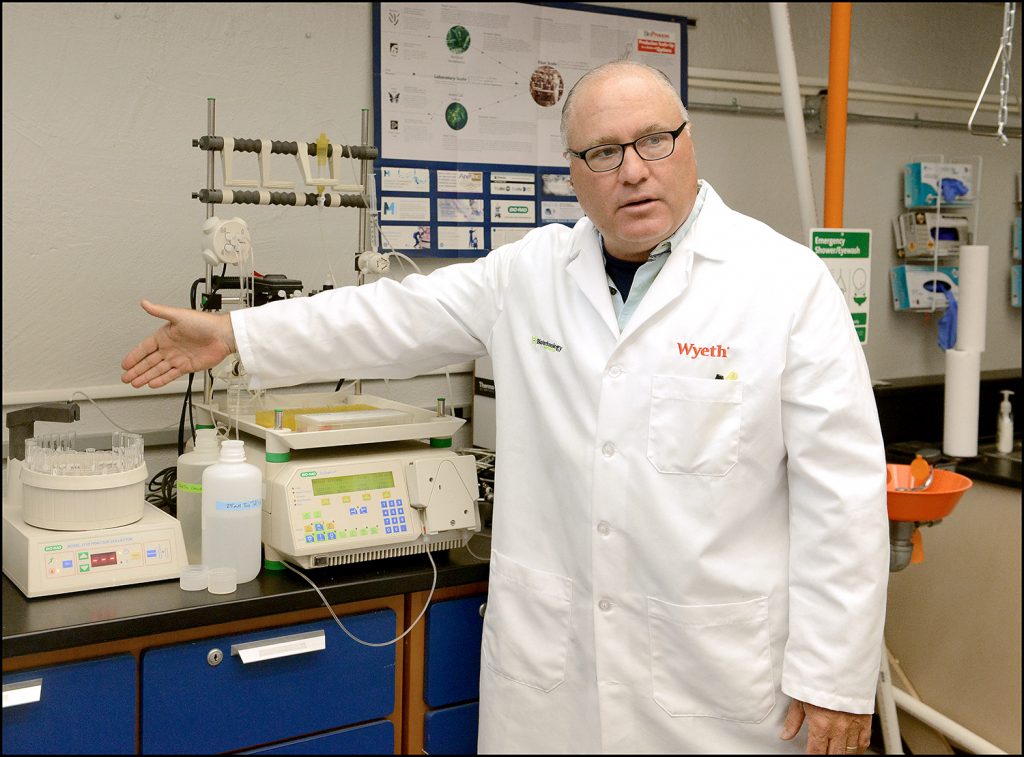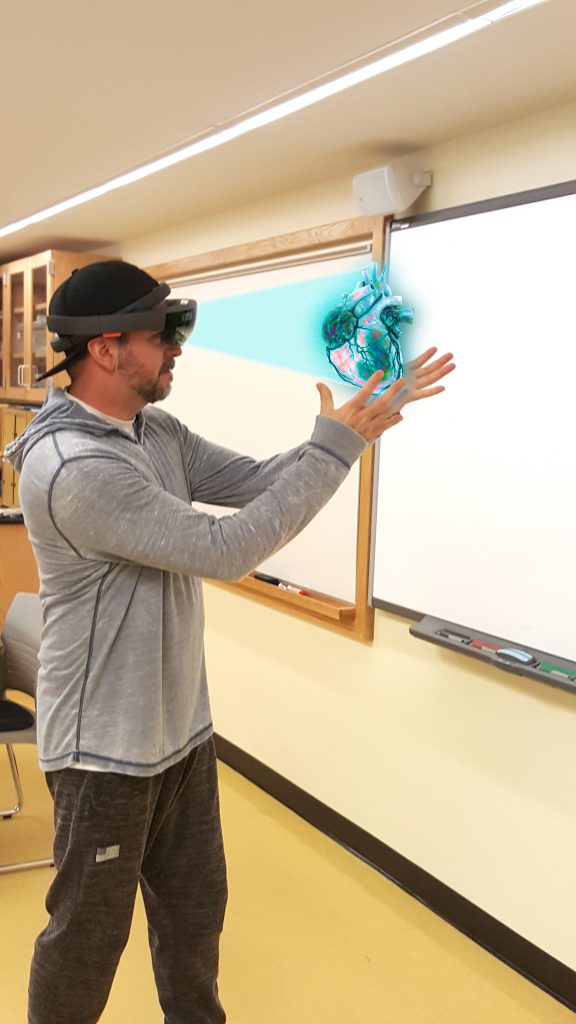Finger Lakes Community College will receive $1.14 million in National Science Foundation funding to take part in a national effort to strengthen biotechnology education and encourage more youth to pursue careers in the field.
FLCC is the home base for the Community College Undergraduate Research Initiative (CCURI), which promotes the teaching of science through research. The National Science Foundation has previously awarded FLCC $5.8 million to develop and share its approach with community colleges across the country.

In this recent award, the National Science Foundation has granted $7.5 million to Austin Community College in Texas to lead the project. ACC will create the InnovATEBIO National Biotechnology Education Center to consolidate several biotech education projects into a national network. This network will share best practices and expand undergraduate research in biotechnology.
As a collaborator in the project, FLCC will provide training in the use of research to teach biotechnology concepts and skills.
“This latest grant is a testament to FLCC’s role as a national leader in the expansion of research opportunities for undergraduate students,” said FLCC President Robert Nye. “I congratulate our faculty and staff, led by Professor James Hewlett.”
Continue reading “FLCC secures $1.14M to expand undergrad biotech research”CCURI supports Objective 4 by providing opportunities for applied learning in scientific research.


